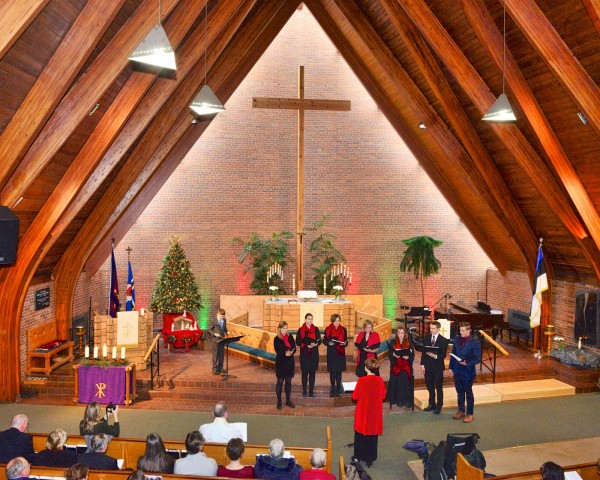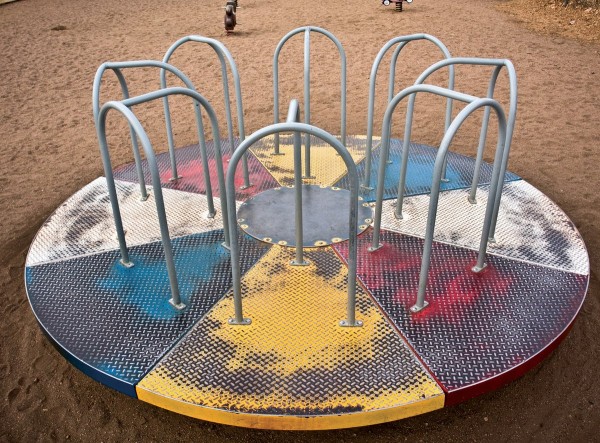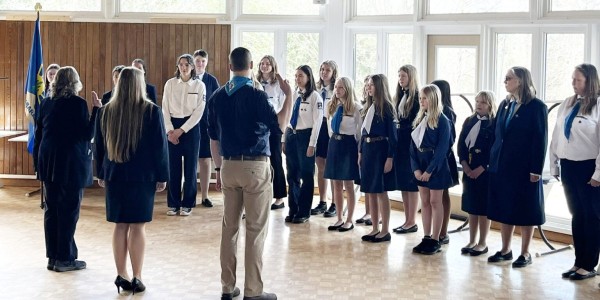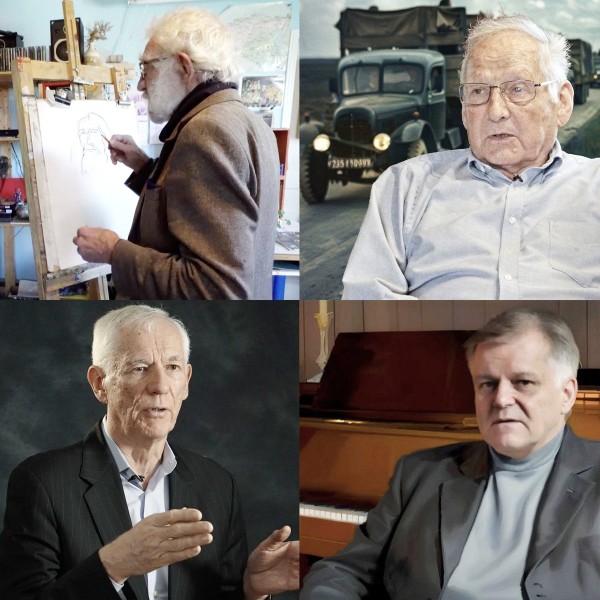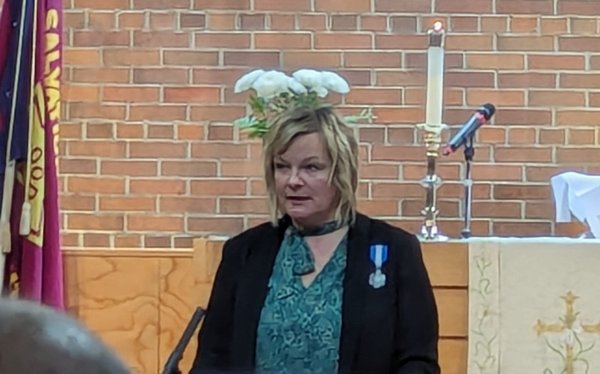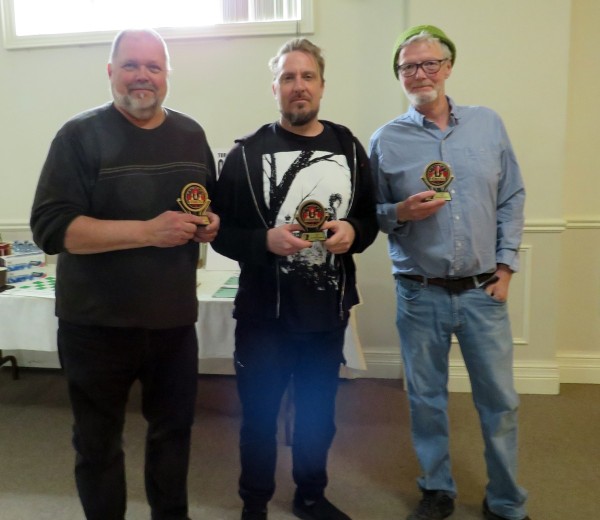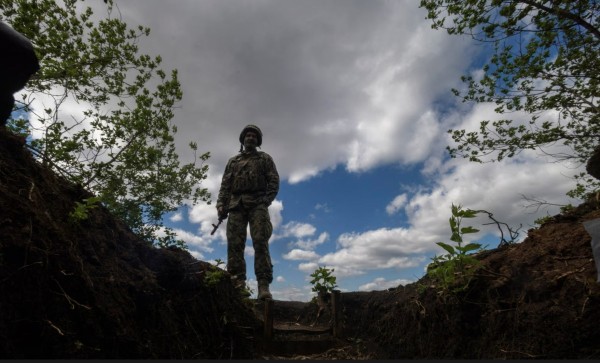As you are aware, the General Assembly voted on September 27, 2020 to give the Congregational Council the mandate to seek buyers for the property. This difficult, but rational decision was taken because the upkeep of the church building is so costly that our dwindling congregation is unable to cover these expenses. The sale of our building is necessary for us to continue as an active congregation.
Following the vote in September 2020, the Congregational Council has consulted with a real estate specialist. The result of these consultations is that four developers have shown serious interest in our property. We have also entered into discussions with other congregations regarding the potential sale of the church property.
We have learned through this process that our entire site is deemed a cemetery because of the columbarium that holds the urns of our deceased members. This makes the property impossible to sell. Therefore, before we can begin any firm discussions with the interested developers or other congregations, we must first receive consent from the provincial authorities to close the columbarium.
Even in the absence of the potential sale of the property, the location of the columbarium is no longer a peaceful or dignified resting place. In recent years some people in the neighbourhood have been throwing garbage onto the area of the columbarium and numerous homeless individuals have been sleeping there, leaving all manner of refuse in the area, including syringes and other rubbish.
Applying to close the columbarium is a big step. Before the Council can apply to the authorities to close it and reinter the urns to a more suitable location, we need to seek the permission of the General Assembly to do so.
IN SUMMARY our congregation has two options:
1. To apply for permission to close the columbarium and relocate the urns. The cost of relocating the urns to a more suitable location is beyond the financial resources of the congregation and would necessitate selling the property to provide the needed funds to carry this out. Proceeds from the sale of the building would allow us to continue operating as a congregation, in a chapel located on any new development on the existing site, in our own church as renters should we sell to another congregation, as renters in another congregation’s church or in another location of our choosing.
The additional funds would also allow us to expand our outreach and provide additional programmes to our community. A new Future Committee could be formed to examine all available options.
Or
2. Not to close the columbarium, the consequences of which would be to abandon the idea of the selling of the property. As a result, our congregation would become insolvent in the near future, cease operating as a congregation, hand over the care of the columbarium to the City, and abandon the church.
As sad as our situation is, we must act responsibly so that our congregation is able to continue to worship. All viable options which would allow us to continue have been, and continue to be, explored.
As a reminder, voting members at the General Assembly meeting on March 13, 2022 are those who have taken Holy Communion at least once in the past year and have financially supported the congregation. These requirements are set out in both our current and previous constitutions.
Congregational Council of Toronto St. Peter’s Estonian Evangelical Lutheran Church

The General Assembly of St. Peter’s Church to meet on March 13 (13)
Eestlased Kanadas | 25 Feb 2022 | Eesti Elu
Viimased kommentaarid
Kommentaarid on kirjutatud EWR lugejate poolt. Nende sisu ei pruugi ühtida EWR toimetuse seisukohtadega.
This board of 'over the hill do nothings' is controlled by the homo sovieticus who leads them, and never leaves the room.
“Margus tells me later that there are 700 such spots in Estonia, and that the locations are passed down through the generations. Families often go to these sacred spots – even taking a picnic – to connect and spend time with their departed ancestors.” The excerpt from a beautiful article titled “Canada’s Forest University: connecting to what is intrinsically Estonian” brought to mind peoples’ feelings about Peetri Kirik. “’If you believe, you can find peace here,’ Margus says. This makes perfect sense to me. Connecting with my ancestors and spiritual traditions in the simple sanctuary of nature is something I connected to immediately the first time I came here.” Compare in our national Canadian newspaper The Globe and Mail, Estonian architectural curator Jarmo Kauge on Peetri Kirik: " ‘I think it's one of the best churches I've ever been to, and I've been to Italy,’ Mr. Kauge says without hesitation. ‘It's just so cozy, and the light is perfect … I don't know, I felt so good inside this church.’" Do we need to invoke The Golden Rule?
I love nature, and the Estonian architecture I appreciate manifests a relationship as does, I believe, St. Peter’s Estonian Lutheran Church in Toronto. It is an Estonian cultural and spiritual sanctuary. That is why it was perfect for our most memorable concert gathering that united the COMMUNITY in song in 2020 (ELLPA got funding for all 4 GTA choirs) under the tutelage of Estonian conductor Triin Koch: https://www.eesti.ca/preservin...
We see images currently of Ukrainians taking great pains to stack sandbags around their architectural and cultural heritage, in the face of a coming onslaught and an ethos of power and domination. Why are Estonians taking a WRECKING BALL to theirs? All the while, it could be said, some are amassing and hoarding millions for a project that could well be said to be spinning out of control.
If a vote in favour of such destruction is achieved it can and should be protested and the application reviewed and denied. The terms in Estonian have been stated in such a way as to suggest that preserving the church building and maintaining familiar church activity are an ongoing pursuit. This is a falsehood, and easily compared with the English in the public document. There has to be a public document, and in this case a language gap has been exploited, with added scare tactics (more on both of these later) to produce a kind of double bind.
A double bind is a dilemma in communication in which an individual (or a group) receives two or more reciprocally conflicting messages. This can be emotionally distressing, creating a situation in which a successful response to one message results in a failed response to the other (and vice versa), such that the person responding will automatically be perceived as wrong, no matter how they respond. This double bind prevents the person from either resolving the underlying dilemma or opting out of the situation.
An application for consent to provincial authorities is required to close a Columbarium and “reinter urns to a more suitable location”. Sacred ground is taken seriously. The terms must be subject to scrutiny. Saying, as the current church leader has, that he wouldn’t have put the Columbarium where it is in the first place, by the transit lines, is not good guidance. KESKUS would, perhaps, but does the church really have issues with the homeless, “even in the absence of the potential sale of the property”?
Sacred ground does not become property arbitrarily (read autocratically). Nor does the proposed KESKUS become “architecturally significant” if you say so.
I love nature, and the Estonian architecture I appreciate manifests a relationship as does, I believe, St. Peter’s Estonian Lutheran Church in Toronto. It is an Estonian cultural and spiritual sanctuary. That is why it was perfect for our most memorable concert gathering that united the COMMUNITY in song in 2020 (ELLPA got funding for all 4 GTA choirs) under the tutelage of Estonian conductor Triin Koch: https://www.eesti.ca/preservin...
We see images currently of Ukrainians taking great pains to stack sandbags around their architectural and cultural heritage, in the face of a coming onslaught and an ethos of power and domination. Why are Estonians taking a WRECKING BALL to theirs? All the while, it could be said, some are amassing and hoarding millions for a project that could well be said to be spinning out of control.
If a vote in favour of such destruction is achieved it can and should be protested and the application reviewed and denied. The terms in Estonian have been stated in such a way as to suggest that preserving the church building and maintaining familiar church activity are an ongoing pursuit. This is a falsehood, and easily compared with the English in the public document. There has to be a public document, and in this case a language gap has been exploited, with added scare tactics (more on both of these later) to produce a kind of double bind.
A double bind is a dilemma in communication in which an individual (or a group) receives two or more reciprocally conflicting messages. This can be emotionally distressing, creating a situation in which a successful response to one message results in a failed response to the other (and vice versa), such that the person responding will automatically be perceived as wrong, no matter how they respond. This double bind prevents the person from either resolving the underlying dilemma or opting out of the situation.
An application for consent to provincial authorities is required to close a Columbarium and “reinter urns to a more suitable location”. Sacred ground is taken seriously. The terms must be subject to scrutiny. Saying, as the current church leader has, that he wouldn’t have put the Columbarium where it is in the first place, by the transit lines, is not good guidance. KESKUS would, perhaps, but does the church really have issues with the homeless, “even in the absence of the potential sale of the property”?
Sacred ground does not become property arbitrarily (read autocratically). Nor does the proposed KESKUS become “architecturally significant” if you say so.
Eestlased Kanadas
TRENDING






